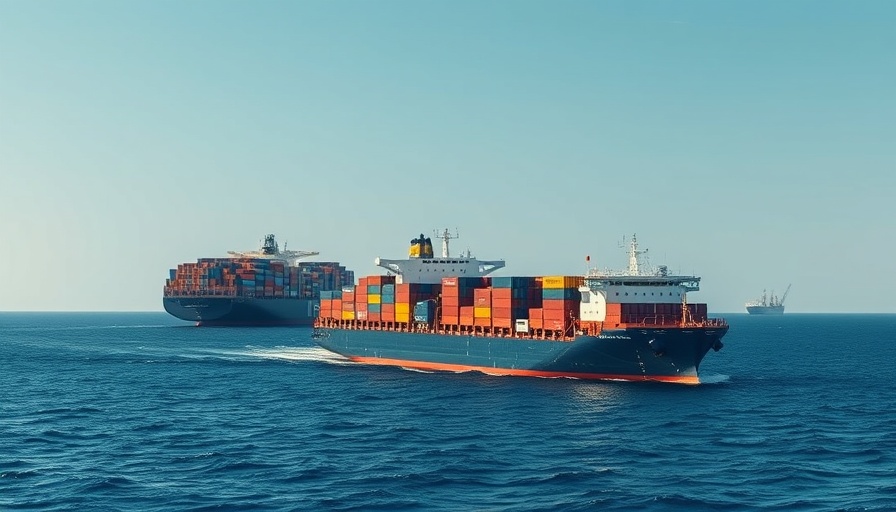
Indonesia's Path to Becoming a High-Income Economy
To ascend to a high-income status by 2045, Indonesia faces a significant challenge—boosting productivity growth by 1.6 times. This entails a remarkable increase in GDP, requiring an annual growth rate of 5.4 percent, alongside productivity rates rising from 3.1 percent to 4.9 percent. Historically, nations that had a per capita GDP similar to Indonesia's have achieved high-income status in just 15 to 30 years, indicating a roadmap that is achievable but demanding.
Capital Deepening: The Heart of Indonesia's Economic Strategy
The linchpin of this ambitious plan is capital deepening, which necessitates tripling the number of medium and large companies within Indonesia. The dominance of informal microenterprises, while providing essential livelihoods, is a hindrance to economic expansion. Hence, Indonesia must transform its economic landscape by employing more than half of its nonfarm workforce in larger enterprises, a considerable leap from the current one-quarter employment rate.
Unlocking Diverse Economic Sectors
To facilitate this transition, all sectors of the economy must contribute, with an estimated 70 percent growth potential arising from services. By leveraging its natural tourist attractions, modernizing its operational frameworks, and investing in skill development, Indonesia can unlock its service sector. Furthermore, reviving its manufacturing capabilities through global value chain adjustments will be critical, especially considering the rapidly growing domestic demand.
The Role of Sustainable Urban Development
As a part of this growth narrative, fostering sustainable and livable cities is paramount. This development strategy could potentially accommodate 40 million additional residents in urban areas, enabling them to transition into formal and productive job roles. The challenge of ineffective urbanization must be addressed to ensure that growth translates into real-world employment opportunities.
Five Forms of Capital: The Blueprint for an Enterprising Indonesia
To realize its economic ambitions, Indonesia must synchronize the development of five essential forms of capital: financial, human, institutional, infrastructural, and entrepreneurial. This comprehensive approach is vital for enhancing productivity, fostering new businesses, and ensuring larger companies can offer competitive wages. By effectively attracting and deploying these resources, Indonesia can harness its vast potential and navigate through the challenges posed by regional disparities and fragmented markets.
Insights from Successful Economies
Looking at historical precedents from fast-growth economies in the region can provide valuable lessons. These nations have successfully made strategic investments in urbanization, workforce development, and capital markets, positioning themselves to thrive in a globalized economy. As Indonesia pursues similar pathways, ensuring that the conditions for larger companies to flourish will be crucial for its overall economic framework.
Ultimately, with a well-thought-out strategy that includes bolstering its service sector, revitalizing manufacturing, and creating a conducive environment for medium to large enterprises, Indonesia can leap towards its goal of becoming a high-income country by 2045. The synergy of efforts across multiple sectors and forms of capital will be the defining factor in achieving this ambitious economic transformation.
 Add Row
Add Row  Add
Add 




Write A Comment